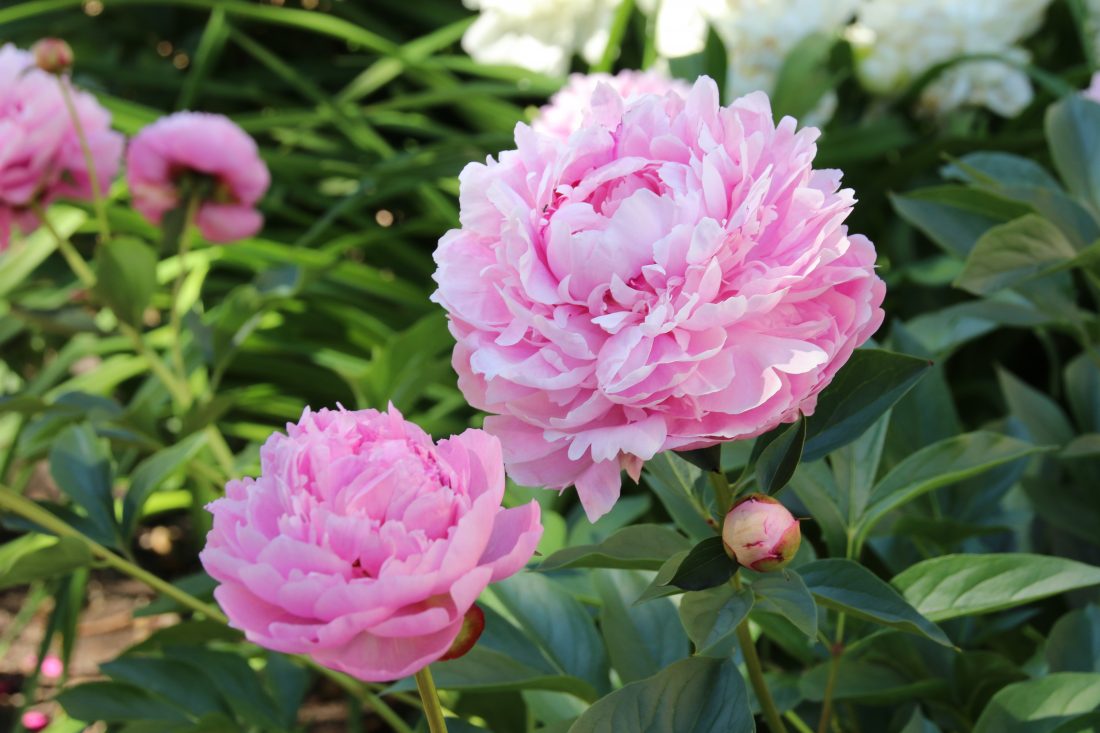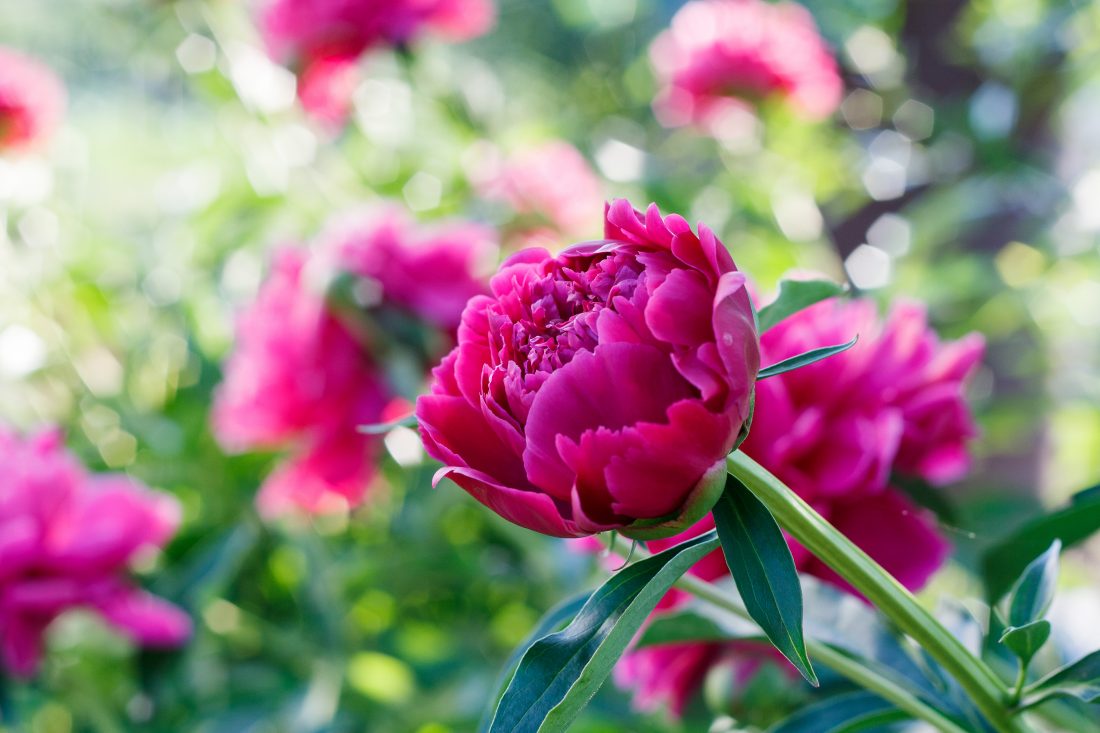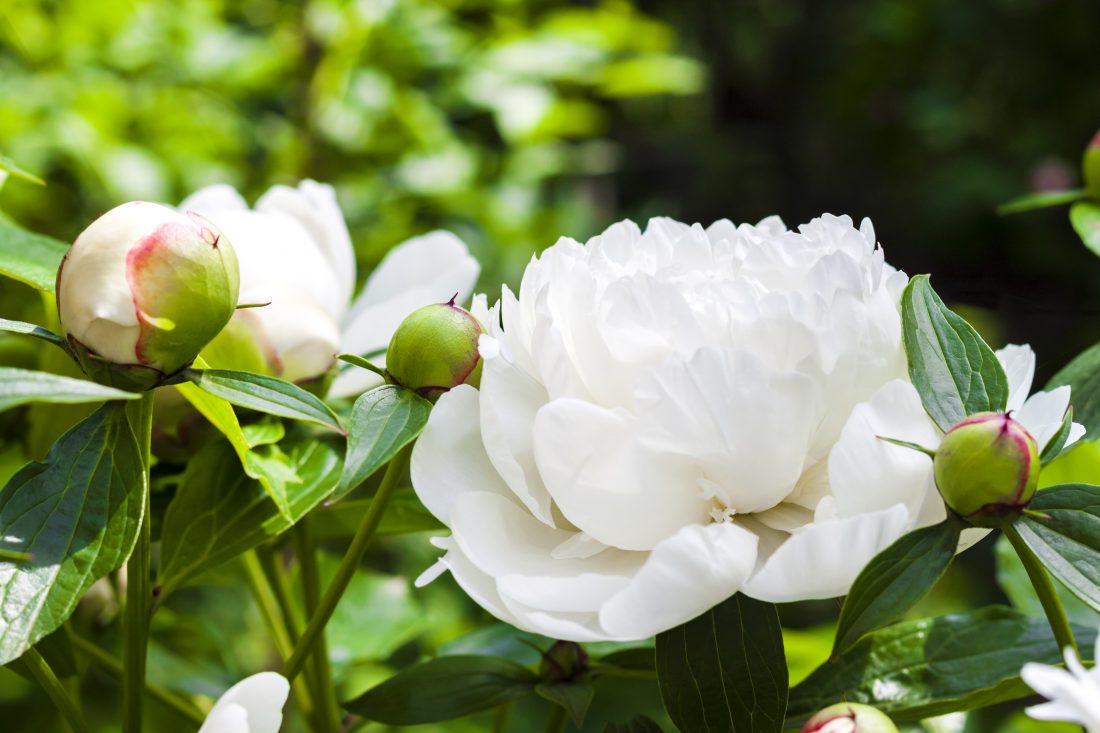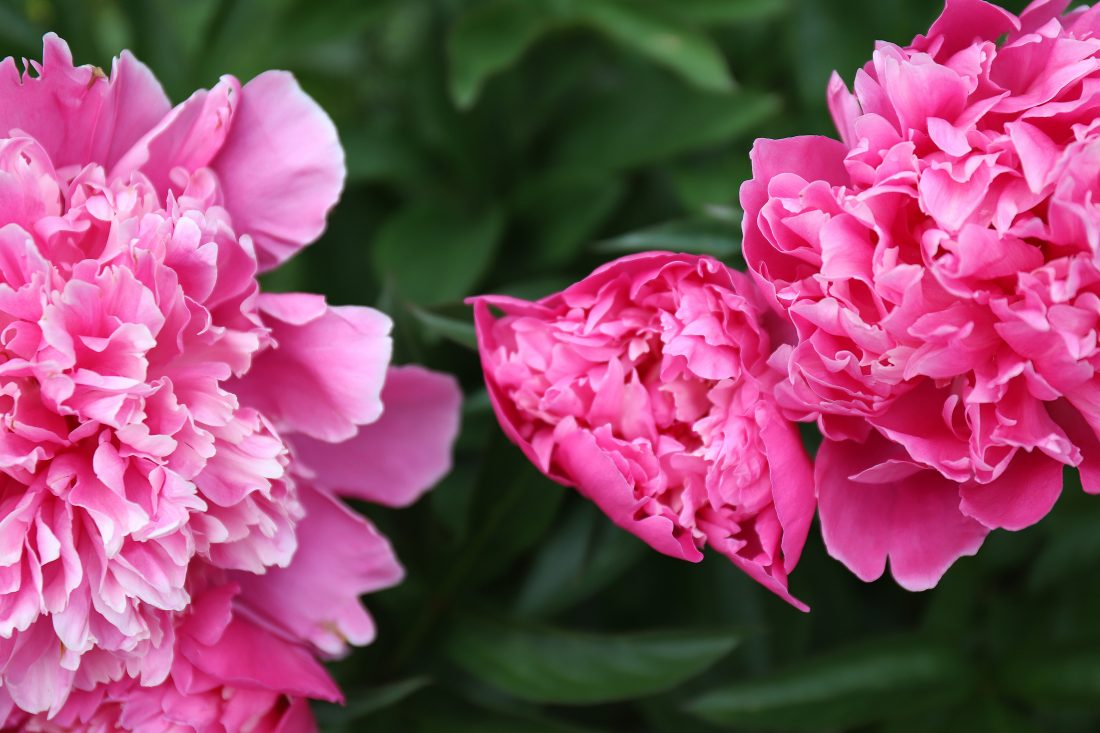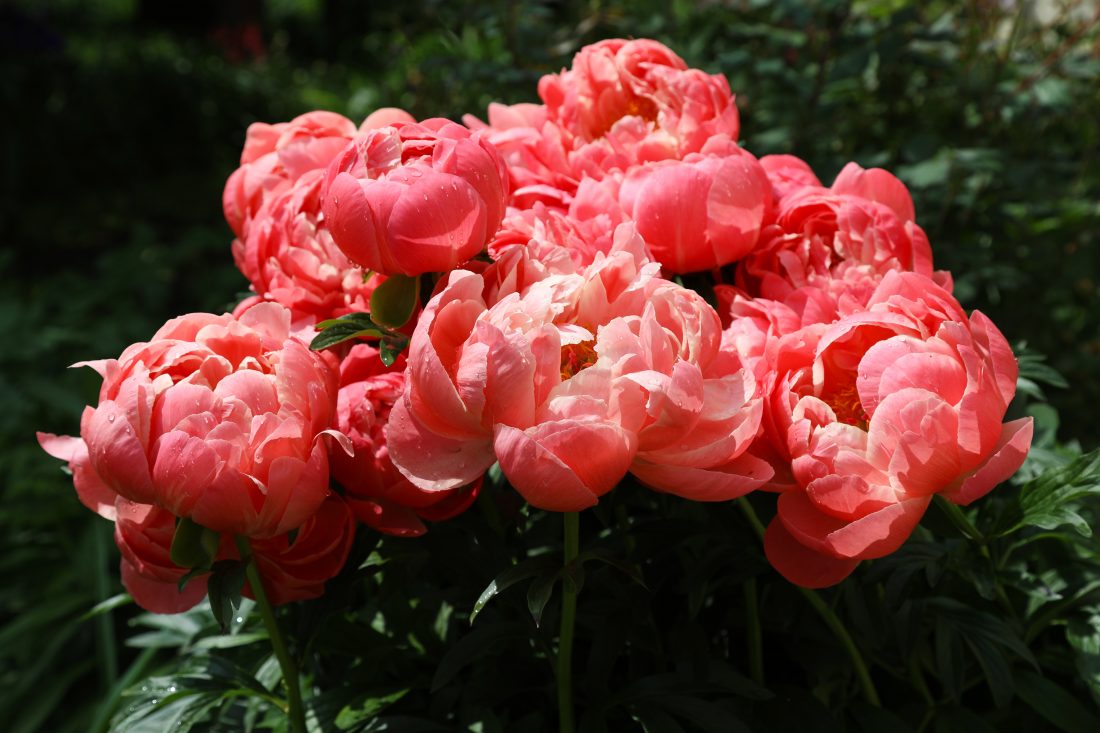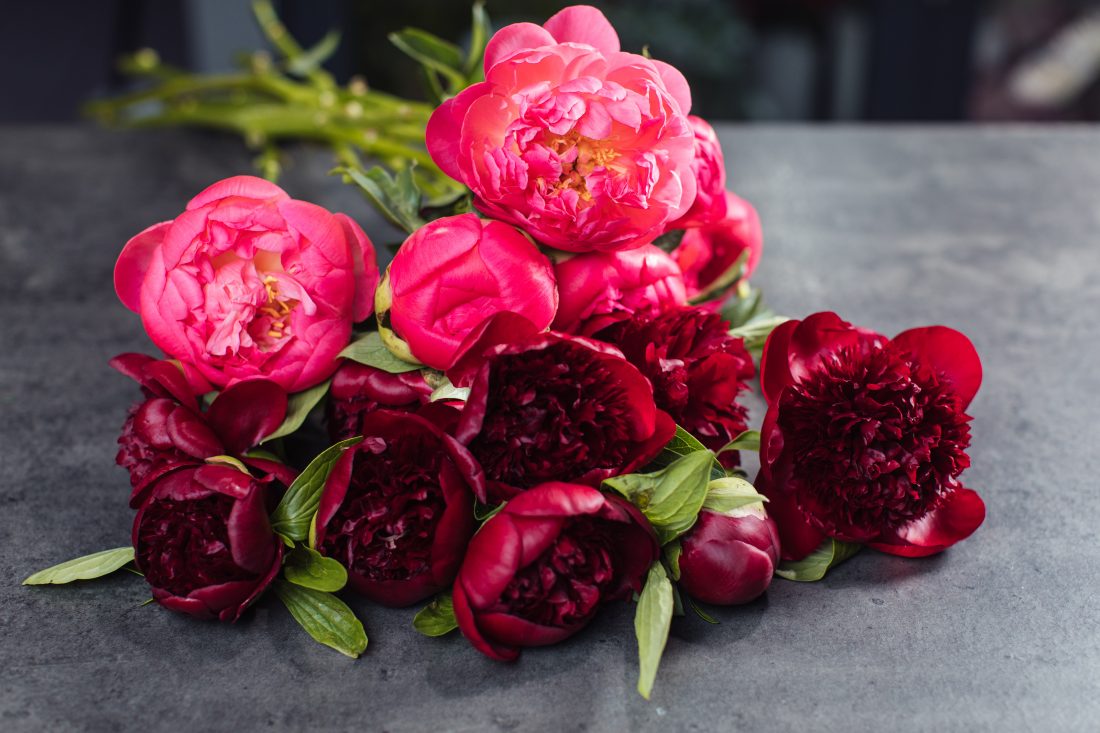May 15, 2022
Peonies for Every Garden: Herbaceous, Tree & Itoh Varieties in Bloom
It’s a great time to load up on perennial peonies! This spring favorite is budding and blooming now in our perennial yards. At Mahoney’s, we’re offering an incredible selection—featuring tried-and-true garden classics as well as hard-to-find collector varieties.
Peonies have been adored in gardens for over 4,000 years. First cultivated in China as an imperial symbol, they spread to Japan in the 8th century and were prized in ancient Greece and medieval Europe for their medicinal properties.
The name peony has mythical roots. In one legend, Paeon, a student of the Greek god of medicine, used the peony plant to heal Pluto. Enraged, his teacher threatened to kill him—but Pluto saved him by turning him into a flower. Another version replaces Pluto with Zeus. In another myth, the nymph Paeonia was turned into a flower by a jealous Aphrodite after catching Apollo’s eye.
Peonies are hardy perennials that thrive in Zones 3 and above. They’re drought tolerant, deer resistant, and low maintenance, offering impressive blooms year after year with minimal care. There are three main types:

Paeonia lactiflora ‘Angel Cheeks’
Herbaceous Peonies
Also known as Garden Peonies, these peonies die back to the ground in winter and return each spring with lush, glossy foliage. They typically grow 3–4 feet tall and wide. Blooms range from single to fully double forms and appear in shades of red, pink, purple, and white. Japanese varieties have open petals surrounding a center of petaloid stamens. Many herbaceous peonies are also highly fragrant.

Paeonia suffruticosa
Tree Peonies
Tree peonies have woody stems that remain above ground year-round. Though slow-growing, they can eventually reach 5 feet or more. Their large, often fragrant flowers bloom two weeks earlier than herbaceous varieties. They prefer dappled sun and offer red, pink, coral, yellow, and bi-color blooms. In winter, the woody framework adds structural interest.

Paeonia Itoh ‘Bartzella’
Intersectional (Itoh) Peonies
These hybrids, also called Itoh peonies, combine the best of both worlds—tree peony blooms with herbaceous peony foliage. Developed by Japanese botanist Dr. Tochi Itoh in 1948 and introduced in the U.S. in the 1960s, these varieties grow up to 3 feet tall and wide, forming elegant mounds of finely divided leaves. They bloom in coral, apricot, red, pink, and yellow, often extending the peony season by several weeks.
Tips for Growing Peonies:
- Do not plant too deep—this is a common cause of poor blooming.
- Use them in borders, hedges, containers, or as specimen plants.
- Cut and float the blooms indoors or enjoy them as fragrant bouquets.
There’s a peony for every garden. Shop peonies on our website or visit your local Mahoney’s to explore the full selection—just in time to catch them in bloom!

